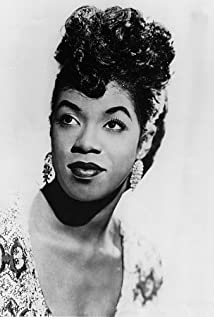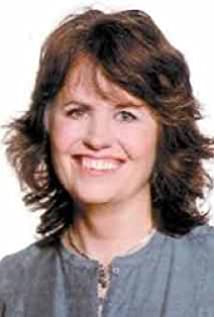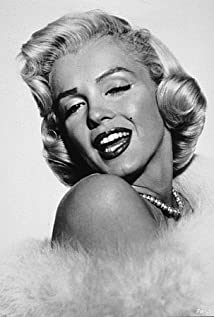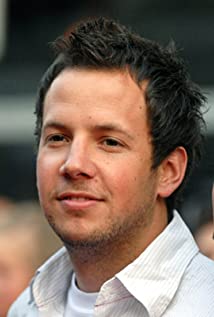Charlie Terrell is both a true and renegade musical son of the American South, an artistic raconteur and provocateur, and the singer, songwriter and ringleader of the Austin, Texas-based crooked blues'n'roots band The Murdered Johns. A recovering major label recording artist with three acclaimed albums and countless road miles to his credit, Terrell is also an accomplished and collected painter, noted playwright, and creator of innovative concert video designs for major musical tours, among other talents and pursuits. Within his music one hears all the soulful richness of a world-weary traveler as well as the potent cultural traditions and contradictions of his Southern heritage. That all finds its apotheosis on Alabama Steampunk Blues, the rough-and-ready debut of visionary neo-traditionalism by Charlie Terrell & The Murdered Johns, whose membership includes noted rockabilly guitarist Danny B. Harvey, the longtime Austin blue-ribbon country and roots rhythm section of drummer Tom Lewis and bassist Brad Fordham, and Dixie-fried blues harp player Greg Izor. The album was recorded virtually live, all of them playing together in one room in quick and simmering sessions at Austin's Premium Recording Service. The disc showcases what All Music Guide has praised as Terrell's talents as "a playful, creative songwriter" as well as his expressive whiskey-burnished singing and singularly imaginative notion of real and rooted Southern American musical traditions retooled for the modern age. Spotlighting his savvy as a "Straight Shooter on a Crooked Road," as the title of one song declares, it's set of songs romp like a Saturday night shin-dig ("The Bottle Flies," "Shadow Loves A Sun" and "Straight Shooter. . . "), get down'n'dirty ("There She Go" and "Redneck Gigolo") and sexily shuffle and jump ("Bottom of the Pool" and "She Got The Fire'). Terrell creatively reworks John Prine's witty look at the music business, "Onomatapoeia," and has the band show its fiery instrumental stuff with Izor and Harvey cutting loose on "Box Cutter Rag. " And it all wraps up with a back to the future ragtime paean to Terrell's home state on the title track "Alabama Steampunk Blues. " The sum of the album's many intriguing parts is an utterly original, inventive take on the blues that's like nothing else out there. Terrell was born in the deep heart of the South in Birmingham, Alabama, and grew up in the small town of Albertville on Sand Mountain, a swath in the northeastern corner of the state where snake handling and sacred harp singing are still found in the churches, and is also known as "Meth Mountain" for the darker side of life there. His first brush with fame came as a youth when the local paper reported "Boy Bitten by Vampire Bat. " Couple all that with the longtime Southern struggle between the sacred and profane, and the music Terrell creates seems utterly natural if not fated for him to write and perform, even if he did grow up in an educated and relatively prosperous family, son of a banker father and schoolteacher mother. His first guitar was hand built by the husband of the Black nanny that helped raise his father, soon followed by another given him by his grandmother, an Elvis Presley fan who encouraged Terrell's musical leanings and coached him on stage moves. Lessons didn't quite take as he ended up composing his own songs rather than doing scales and exercises, largely because his low register voice made it hard for him to sing the songs he liked on the radio and his 45 rpm record collection. His mother encouraged his artistic inclinations, which led to Terrell's parallel career as a painter and visual artist. "Music was a hobby, but I noticed that if I learned Eagles songs all the girls would come around, and they loved it," he recalls. An older friend he met in his mid-teens while working as a ticket taker at the local movie theater mentored Terrell in cool music. "He had bootlegs of Dylan and Springsteen. He turned me on to all this stuff: Here's Blood on the Tracks and here's Born To Run. Here's Warren Zevon, John Prine, Lou Reed. " And of course a kid couldn't grow up south of Mason-Dixon without the Allman Brothers and Lynyrd Skynyrd being a central musical element of his experience. His early stabs at recording include a song Terrell wrote that was used in his high school's senior play. His father hooked him up through connections to play his songs for guitarist Jimmy Johnson of the legendary Muscle Shoals Sound Studios rhythm section. "He said, Your stuff is too much like poetry. ' I was insulted at the time, but the further I got into the business, the more I realized he was right on," notes Terrell. While in line to register at Auburn University to study architecture and fine arts, Terrell switched gears and bolted, winding up instead at Belmont College in Nashville studying recording and the music business. There he met Richard Smith, aka Hawk, a talented multi-instrumental musician, disc jockey and studio engineer. The two eventually dropped out to tour the south as a duo, finally landing a regular gig on the resort island of Hilton Head off the coast near Savannah. They then headed back to Nashville to form a new wave band that was part of the city's burgeoning rock scene in the early 1980s. "I was just experimenting with all kinds of things to see what worked," Terrell explains. He finally headed to Los Angeles where "the shock of being Southern in California brought me back to my roots. " He summoned Hawk to join him, and his pal landed an engineering gig at the noted Studio 56, where they were able to find like-minded players, track demos, and put together a band that began making waves on the local scene. At the same time Terrell was busily painting and exhibiting and selling his artwork. After a gig at The China Club, Terrell was simultaneously approached by music business heavyweights Irving Azoff and Miles Copeland.






